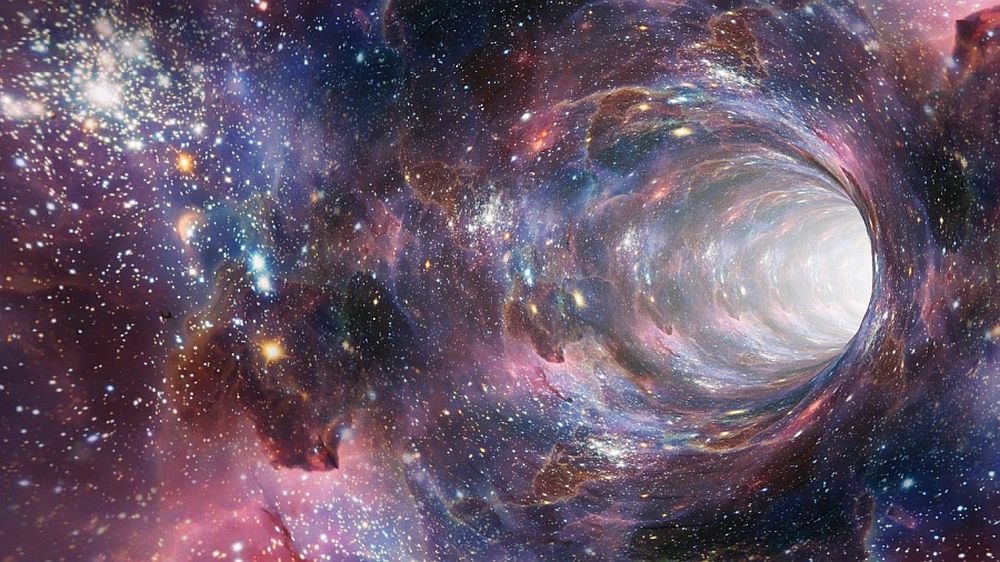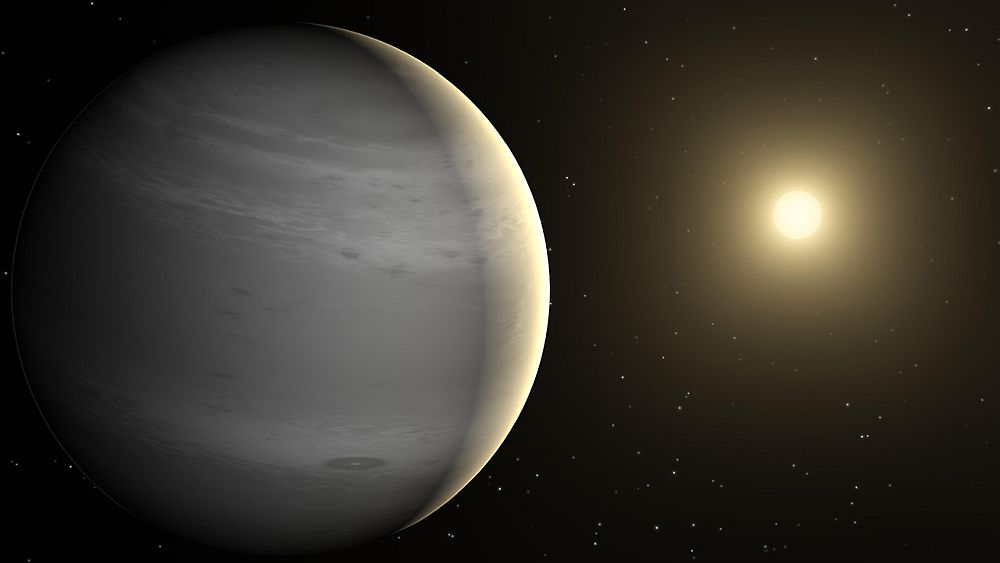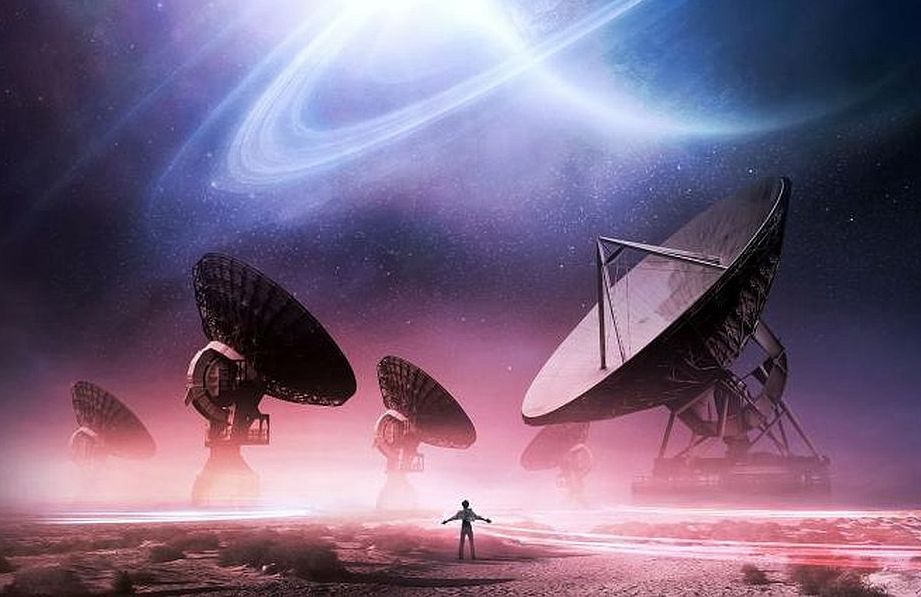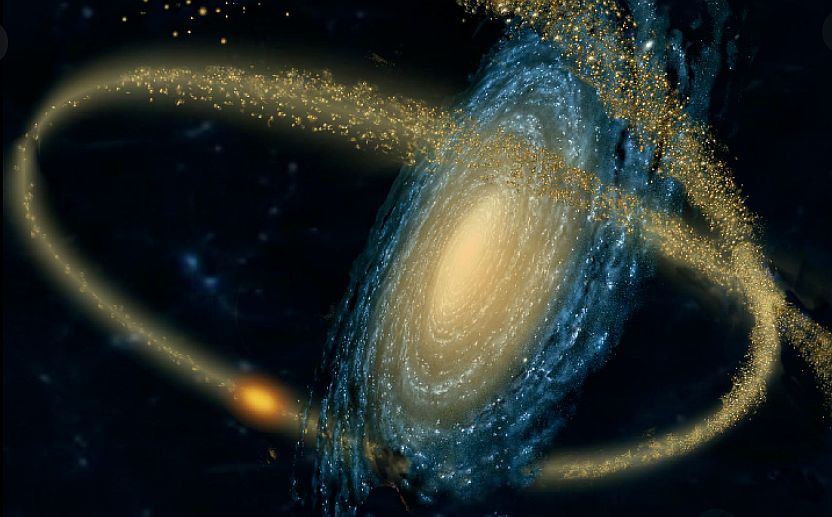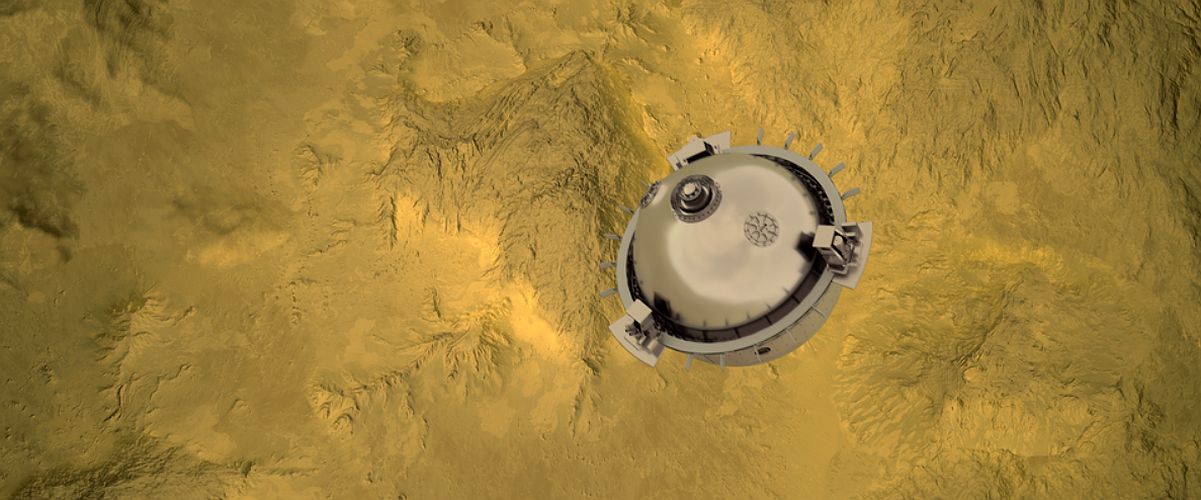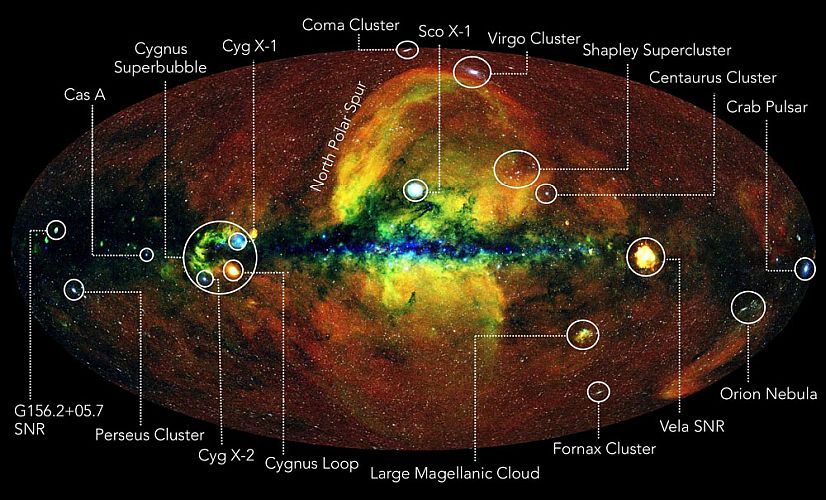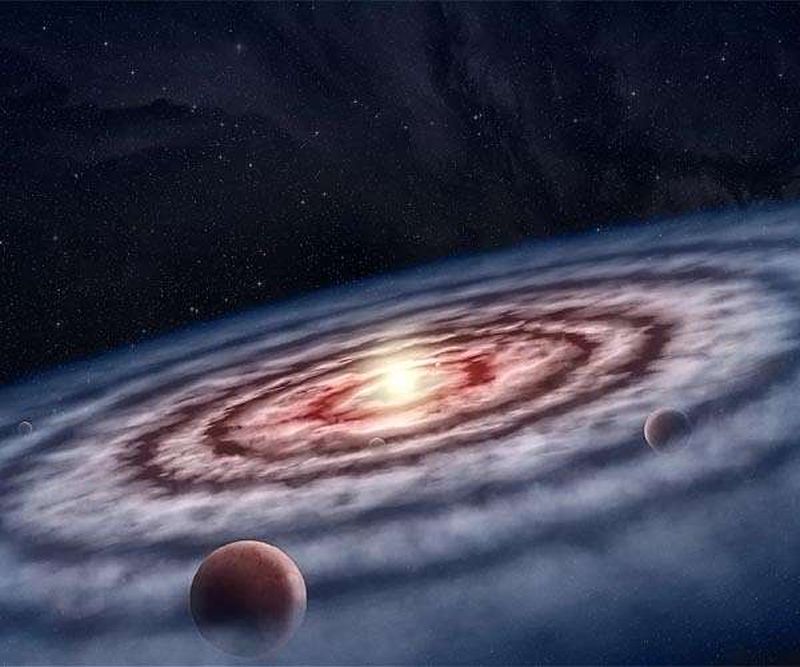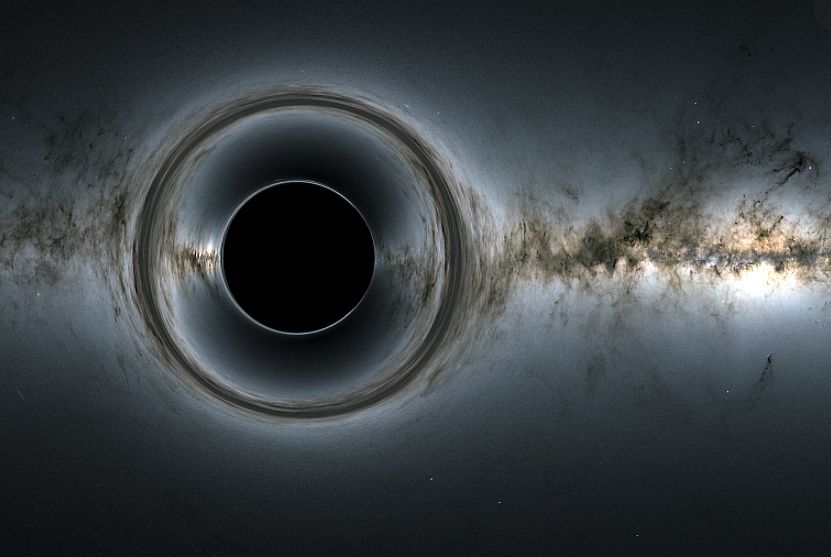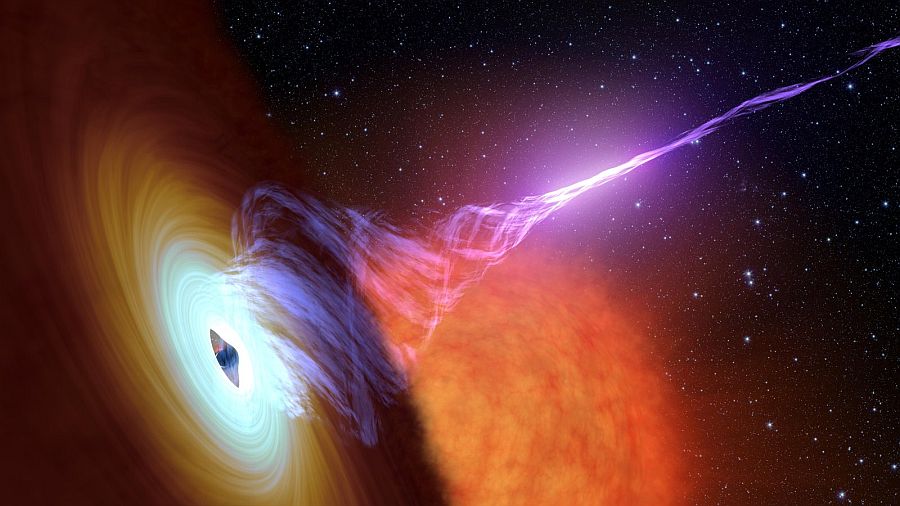Parallel Worlds: The Science of Alternative Universes and Our Future in the Cosmos by Michio Kaku is a pandora’s box of parallel worlds hovering around us all the time. This is my third read after Physics of The Future and The Future of Humanity from the same author.
Read MoreTag: universe
Book Review: The Emergent Multiverse by David Wallace
The Emergent Multiverse: Quantum Theory According to the Everett Interpretation is an effort on the part of David Wallace to vindicate Hugh Everett’s idea of many worlds. The concept of multiverse was initially taken seriously in philosophy than in physics. May be because in physics the idea came much later, that is, with the emergence of quantum mechanics.
Read MoreHuge Gas Planet Hidden in Plain Sight: TOI-2180 b
Hunt for a new stellar body is always on. Space is full of astronomical bodies and star gazers continuously search for new stars and planets into the known realm of humanity. In one such effort, an astronomer at University of California, Riverside in collaboration with a group of citizen scientists have spot a huge gas planet. The newly discovered body is otherwise hidden from view by typical stargazing tools.
Read MoreBook Review: Contact by Carl Sagan
Last year I saw the movie, Contact. And I found the plot very propulsive, so decided to read the book written by Carl Sagan. Like a teenager, I’m equally fascinated with the idea of space exploration and extra-terrestrial life/intelligence. And reading Contact was surely a treat.
Read MoreStellar Streams’ Trajectory Reveals the Dark Matter: Mysterious Universe
Understanding the properties of dark matter is the most important quest for astronomers. Many have dedicated their years to research just to take a sneak peek into what actually comprises of dark matter. In a recent research, astronomers have detected twelve streams of stars spiralling within the outermost region of our galaxy.
Read MoreVenus could be a Life-bearing Planet: Space Exploration
Space scientists have always looked up to our closest planet neighbour and wondered what if there is life on Venus. Sanjay Limaye, from University of Wisconsin-Madison Space Science also an expert on Venus says that in the coming decade in a collective effort, astronomers all across the globe will make case for exploring the “evening star”. With an experience of over 45 years, Limaye’s core investigation is the planet’s dense atmosphere.
Read MoreBook Review: Physics of The Future by Dr Michio Kaku
Physics of The Future is my second read from Dr. Michio Kaku, first being The Future of Humanity. For the current book, Dr. Kaku interviewed more than 300 scientists along with their research that would lead humanity to the next level in computers, medicine, nanotechnology, space exploration and energy production.
Read MoreLunar Rocks Shows Young Volcanism: Chang’e-5 mission
Lunar rocks brought back to Earth by Chinese astronomers confirmed that Moon was volcanically active more recently than previously thought. Humanity’s first mission to Moon and back in four decades was successfully completed by Chang’e-5 mission, China’s first lunar sample-return mission, since the Soviet Union’s Luna 24 in 1976.
Read MoreMagnetic Tunnel Surrounds Our Solar System: Galactic Bodies
Radio astronomy is very fascinating since it shows the “other side” of reality which we do not witness in our everyday life. Of course, due to our own limitations. Dr. Jennifer West, an astrophysicist at the Dunlap Institute for Astronomy & Astrophysics suggests that a gigantic magnetic tunnel surrounds our solar system. This magnetic flux can be observed in radio waves.
Read MoreInterview: Dr. Kamber Schwarz, Postdoctoral Researcher at Max Planck Institute for Astronomy Heidelberg
Dr. Kamber Schwarz is a postdoc at MPIA in Heidelberg. She has been a NASA Sagan Postdoctoral Fellow in the Lunar and Planetary Laboratory at the University of Arizona. She received her PhD in Astronomy & Astrophysics from the University of Michigan in 2018. She is also the recipient of the prestigious Ralph B. Baldwin Prize in Astronomy, 2020.
Read MoreTracing the Beginnings of Planet Formation: Stellar Factory
Astronomers led by Kamber Schwarz (MPIA in Heidelberg) have successfully deduced the mass of a potential “planet factory”, the protoplanetary disk around the star GM Aurigae. With the help of radio data from the ALMA observatory and physical modelling, the astronomers were able to track the GM Aurigae system.
Read MoreBook Review: The Fabric of the Cosmos by Brian Greene
The Fabric of the Cosmos: Space, Time, and the Texture of Reality is the second book of theoretical physicist, mathematician, and string theorist, professor Brian Greene. However, this happens to be my third read from the author, first two were Until the End of Time and The Hidden Reality.
Read MoreSupercomputer Simulation to Investigate Black Hole and Galaxy Coevolution: Quasar Fueling
Big question regarding the formation of black holes and how they grow under different regimes have always been the holy grail for astrophysicists. Our galaxy hovers around a massive black hole which, under normal circumstances, is surrounded by spinning gases. Not much is known about these gases, however, some shine brightly, with an unceasing supply of fuel. While others go to a state of temporary dormancy and erupts again later with an influx of gases.
Read MoreX-ray Emission from Behind Black Hole: Galactic Nuclei
Black holes are the most fascinating phenomena in the universe. Any new finding regarding the intricacies of black hole makes us wonder how less we know about it. This uncanny object is famous for ingesting huge quantities of matter from its surroundings, beaming with glittering luminosity and spilling out small portion of this matter by means of very powerful jets.
Read MoreBook Review: The Future of Humanity by Michio Kaku
Lately, Dr. Michio Kaku’s book The Future of Humanity caught my attention. The book is uber fascinating and it was difficult to put it down, I finished reading in less than a week. I wasn’t reading, rather I was witnessing the ‘space odyssey’ in Dr. Kaku’s style.
Read More

